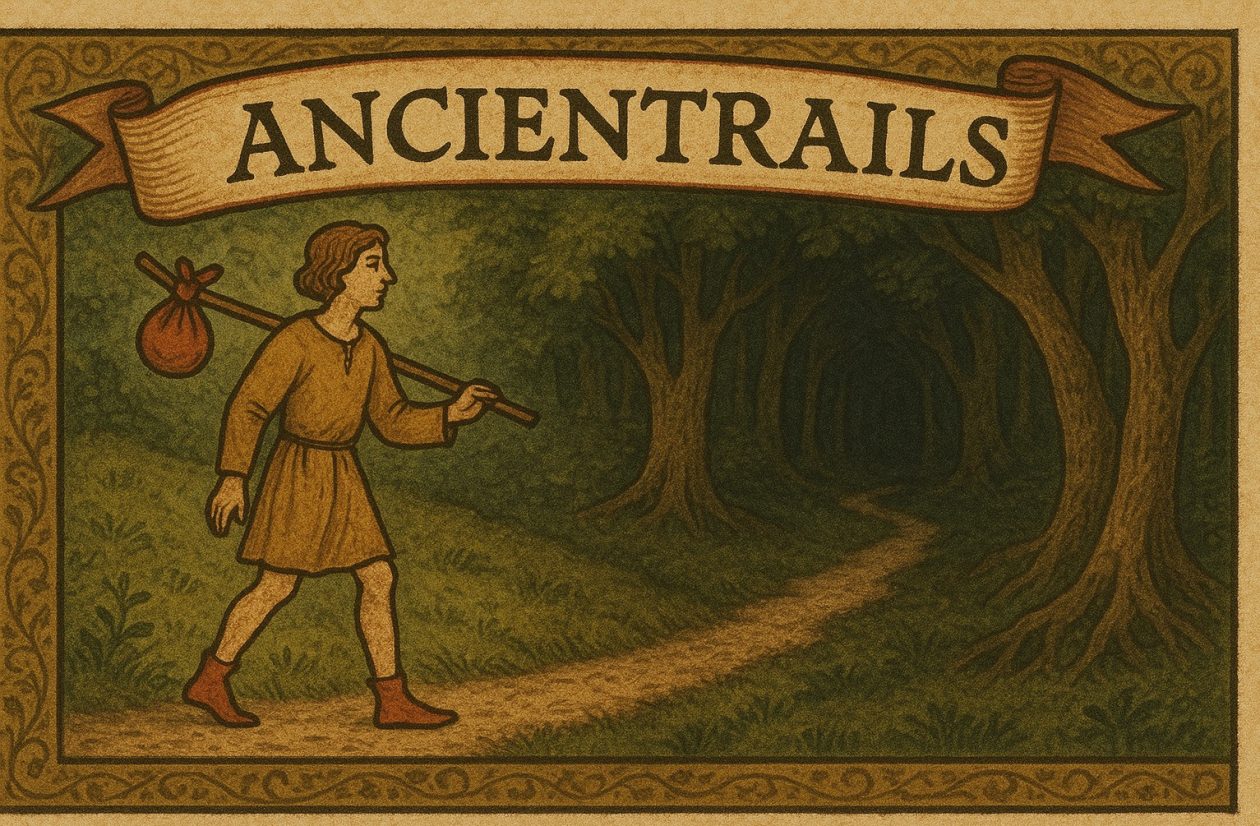Summer Waxing Summer Moon
Each penitentiary or prison warden fears the convict who can identify a weakness in the multiple barriers to escape. So do dog owners. Our puppy Rigel wiggled under the gate leading down to our perennial garden, an impressive feat considering the narrowness of the opening and the size of her body. When I blocked this one, she wriggled through a slat in the gate as far her rear hips which just would not fit. I had to pry the gate apart to free her. I nailed another slat diagonally across the gate and she quit trying.
Now, however, we have a dog of a similar color, Vega, but different strategy. A good strategy. Good for Vega, that is, but bad for us. I went outside this afternoon to work in the perennial garden in back, overlooked by the deck where our dogs spend much of their time when relaxing. I looked up there. All five dogs up there. Rigel did not try the gate. Ah.
Oh. I turned, walked around the side of the house and suddenly, standing beside me, Hello! Hello! I’m here! Look at me! was Vega. At first I thought she might have vaulted the gate. I had put a concrete block down and inadvertently left the solid side up. I had to know how she did it.
After 13 dogs I have some window into the canine mind. After finally coaxing Vega back onto the deck inside the fenced in part of our yard, I left her out there, let the rest of the dogs out and returned to the perennial beds. Sure enough, only 3 minutes passed and I caught sight of Vega, not on the concrete block, which I had guessed, but near the fence that borders the perennial garden about 100 feet or so from the deck.
The fence is chain link and has contained all of our dogs except for the occasional whippet who follows out some animal that dug to get in the yard. I have a regular routine of walking the fenceline, checking for breaches and filling them with old tree trunks, fence rails I no longer use, rocks.
Back to Vega and the fence. She looked at me, looked down at the area where the fence met the ground, crouched with her doggy butt up in the air, tail wagging and dug. At first I thought it was just a feint, that she had really jumped as I imagined. Nope. She got up, then crouched down again, put her nose under the fence, then squeezed her 70 pound puppy (a really big puppy) body under the fence and Hello!
Sigh. Now I’m going to have to harden all the fence line that borders the perennial garden against these escape attempts. Instead of the bird man of Alcatraz we have the man dog of Andover.
